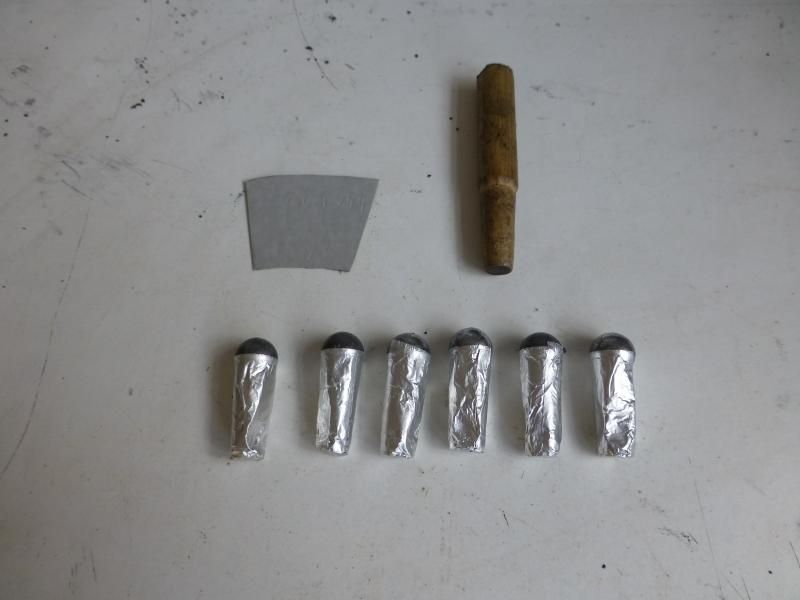Brokenlaig
36 Cal.
- Joined
- Jan 17, 2005
- Messages
- 97
- Reaction score
- 0
It's a question of the location of the user. The town dweller, by and large, would have simply left his powder and ball at home. It's unlikely he would have the time to reload should he empty his revolver. Many of the revolvers sold were accompanied by a flask for powder, and balls and caps came in tins, as did bulk powder. Prefabricated paper cartridges were available for revolvers just about immediately (they'd been around for other firearms for a very long time)and were probably the most common reload used in cities. If he carried reloads, the small box of cartridges could be wrapped into a piece of paper with a capper and would take up very little room in a pocket.
Remember, male Victorian dress almost always included a coat with several pockets (many, many men carried pistols in pockets like these)so this would not have been a problem
Out in the field, a flask for powder, a small bag for ball and capper with a tin of caps would answer for shooting fixin's, although-again-ready made cartridges were available and probably saw some use. These would certainly have been kept on the horse, although the wise fella might keep a box of ready-mades about him just in case.
Remember, male Victorian dress almost always included a coat with several pockets (many, many men carried pistols in pockets like these)so this would not have been a problem
Out in the field, a flask for powder, a small bag for ball and capper with a tin of caps would answer for shooting fixin's, although-again-ready made cartridges were available and probably saw some use. These would certainly have been kept on the horse, although the wise fella might keep a box of ready-mades about him just in case.







